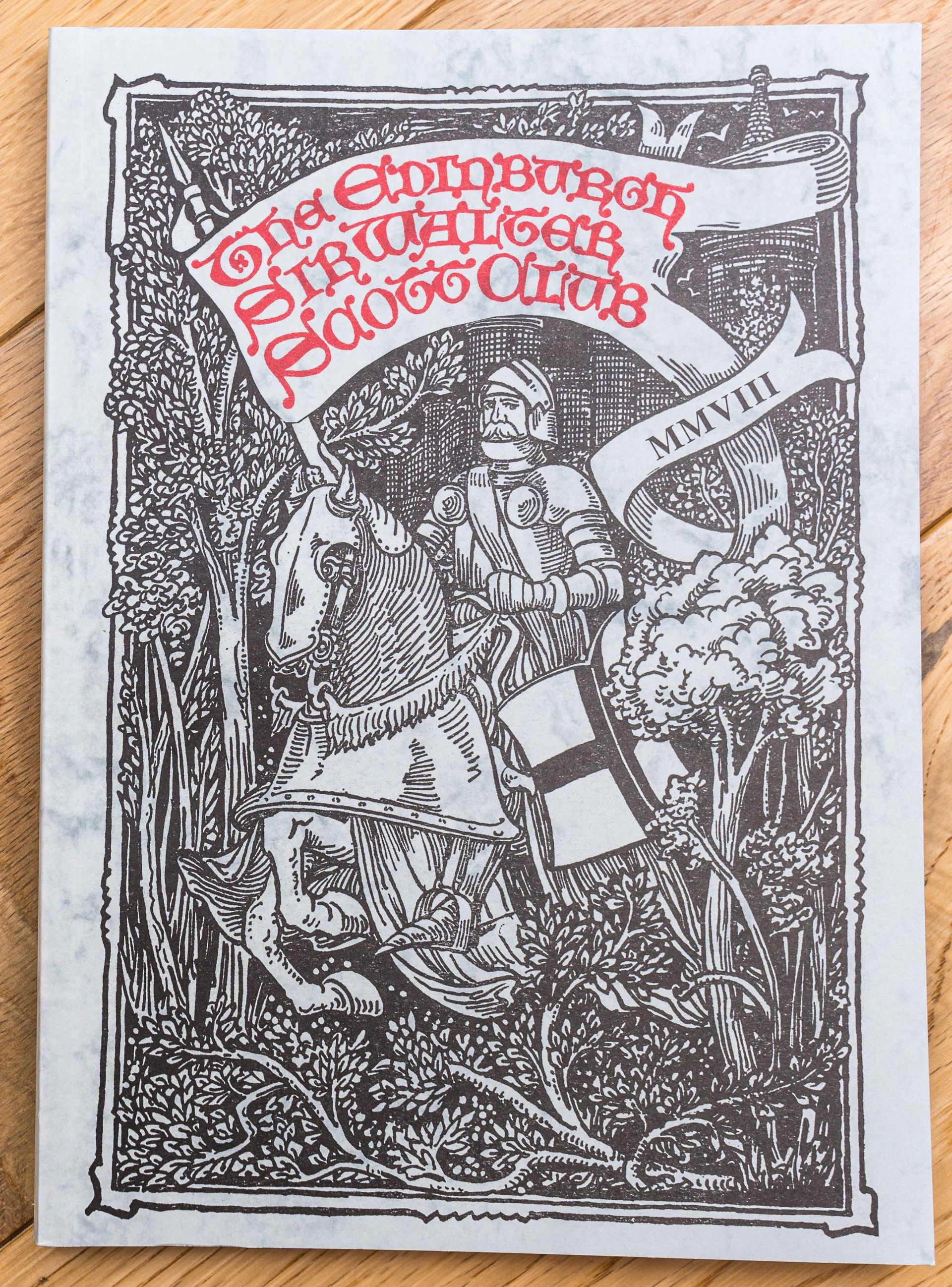Annotating Waverley
Thursday 6th December 2007
Summary of the Talk:
The text focuses on the editorial work involved in producing the Edinburgh Edition of Sir Walter Scott's Waverley, particularly through the lens of annotation. Garside details the extensive editorial process that includes historical notes, explanatory annotations, and glossaries, providing an understanding of the novel's setting, characters, and references to various sources. This edition aims to assist modern readers in navigating the complex historical and literary references that might otherwise be lost on contemporary audiences, especially those unfamiliar with 18th-century Scottish history and culture.
Key Points of Interest:
- Editorial Approach:
- Garside emphasizes the delicate balance needed when annotating Waverley to avoid over-explaining or becoming intrusive, as excessive annotation might disrupt the original reader experience and obscure the novel's initial "obscurity."
- He mentions how modern annotation, often used for academic purposes, has grown in volume and detail over the years due to better resources and tools like the internet.
- Role of Annotation:
- While annotation helps modern readers understand historical and cultural contexts (such as classical quotes, legal references, and Scottish vernacular), Garside notes that the role of an annotator is not to impose modern views but to provide clarity on what might have been clear to readers in Scott’s time.
- An interesting aspect Garside discusses is how annotation can sometimes alter the original reading experience, making the modern reader more informed than Scott's original audience, which could reduce the historical "thrill" of the text.
- Specific Editorial Challenges:
- One challenge mentioned is Scott’s use of Classical and obscure references, such as Latin misquotations, which are often central to the characterization of figures like the Baron of Bradwardine.
- Garside highlights how Scott's personal book collection and annotations on his own books (such as his notes in Allan Ramsay’s Tea-Table Miscellany) provide valuable insights into his influences and narrative style.
- Historical Context and Topography:
- Garside explores the historical setting of Waverley, focusing on how Scott’s precise use of topography and chronology adds richness to the narrative. The novel’s historical context, such as the Jacobite Rising of 1745, is interwoven with the fictional narrative to give readers a sense of the lived experiences of the time.
- A particularly notable observation is how Scott’s novel reflects historical and topographical sites in Scotland, such as Doune Castle and Duddingston, adding layers of meaning to the plot and character development.
- Scott’s Bibliomania and Personal Engagement with Books:
- A fascinating point raised is Scott's deep engagement with his library, as evidenced by the annotated books in the Abbotsford Library, where Scott made personal notes on books he owned and used them as sources for his writing.
- Garside discusses how Waverley contains numerous references to books that Scott owned, including works on astrology, classical texts, and legal references, which informed the characters and plot.
- Waverley’s Title:
- Garside delves into the origins and meaning of the title Waverley and its subtitle 'Tis Sixty Years Since. He discusses potential influences, including Charlotte Smith’s novel Desmond and connections to historical events such as the Jacobite Rising and Trafalgar.
- Narrative and Legal Texts:
- The text also references how Scott integrates legal references within the novel, particularly through characters like the Baron of Bradwardine and Baillie Macwheeble, who cite Scots law. Garside points out that these references add authenticity to the characters, especially in their connection to feudal rights and legal matters.
Conclusion: Garside's reflections reveal how Scott’s work can be richly interpreted through both historical and literary lenses, and how modern editors and annotators play an essential role in ensuring that Scott’s layered references and complex narrative are accessible to contemporary readers. The Edinburgh Edition not only serves as an academic resource but also as an invitation to engage deeply with Scott's work and its cultural, historical, and literary context.
Download the [transcript] or read the [bulletin]

Download the [transcript] or read the [bulletin]


